While fall is synonymous with comfort foods like apple strudel, pumpkin pie and hearty casseroles, the bounty of fresh produce available as the weather cools makes it super easy to put together lighter meals that are still heavy on flavor and satisfaction.
Whether you’re working toward weight-loss goals before the holidays or just trying to eat fun, balanced meals that keep you energized, here are 10 fruits and vegetables at their seasonal peak that experts recommend adding to your diet.
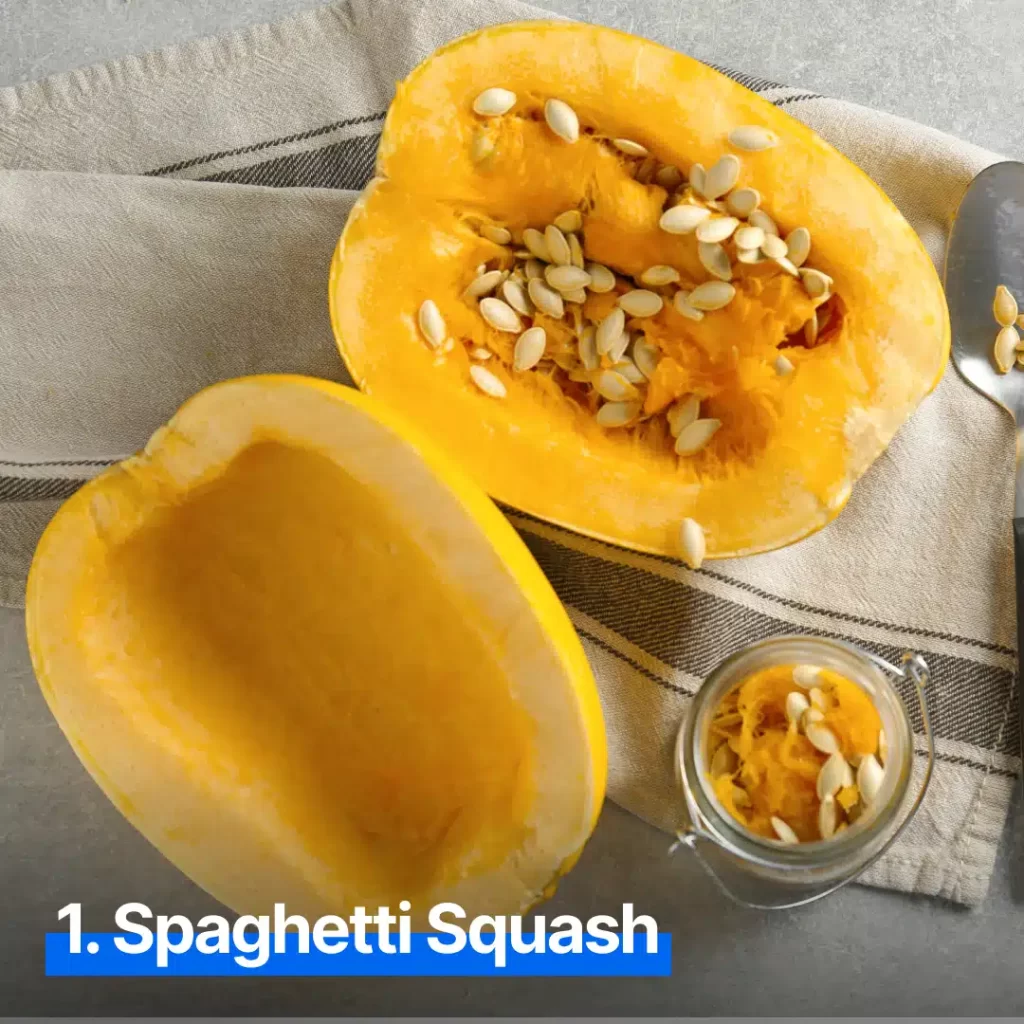
“Spaghetti squash is low in calories, rich in nutrients and takes on practically any flavor you pair with it making it extremely versatile,” says Lindsey Pine MS, RDN. It’s also a great lower-calorie, lower-carb alternative to classic spaghetti; 1 cup cooked spaghetti has 220 calories and 43 grams of carbs, while 1 cup cooked spaghetti squash has just 50 calories and 8 grams of carbs.
Pine especially likes substituting spaghetti squash in tomato- or pesto-based pasta dishes and also recommends serving it under stew.
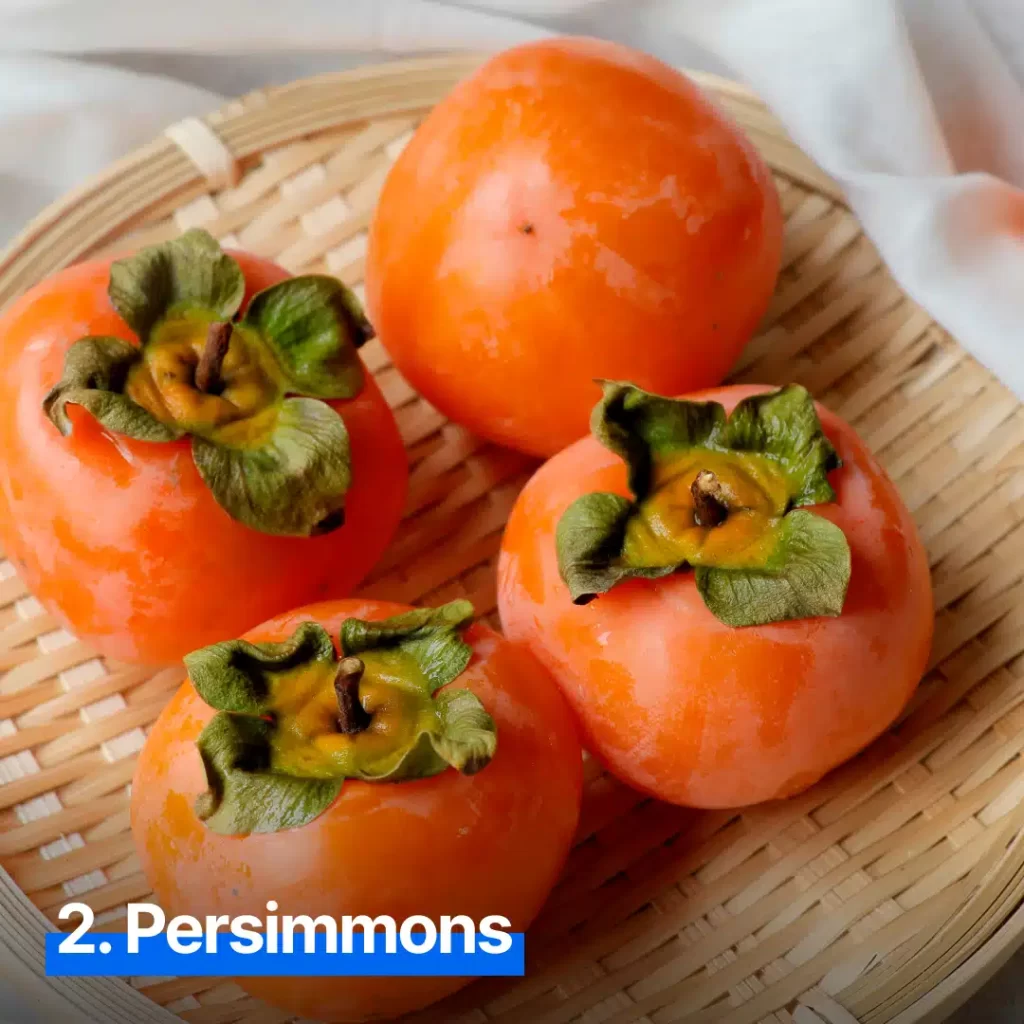
“The sweetness of persimmons is sure to satisfy your sweet tooth, while the fiber fills you up to keep you satisfied,” says Pine. The orange fruit is also rich in vitamin C and vitamin A. Because they’re naturally sweet, you can pair sliced persimmons with Greek yogurt, a tablespoon of almonds and a sprinkle of cinnamon for a breakfast that’s low-calorie but tastes almost like dessert.
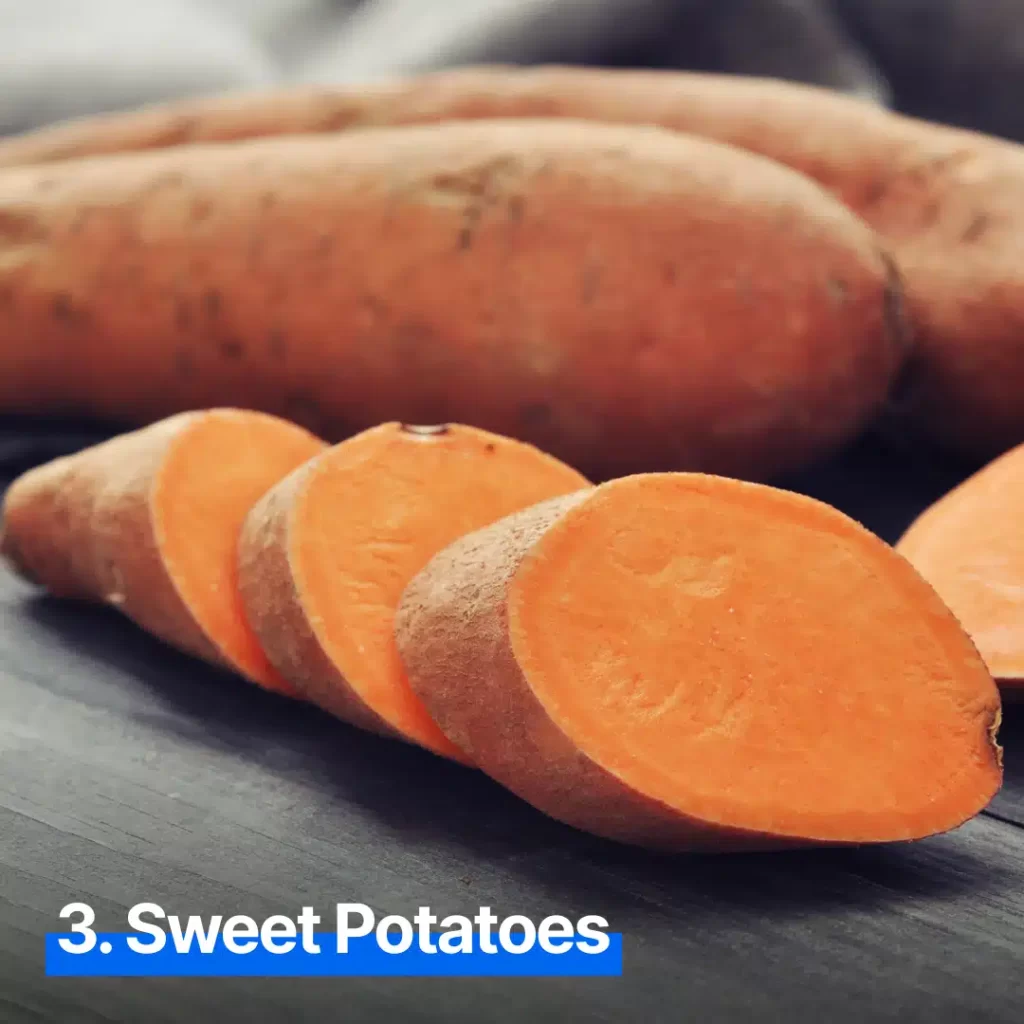
Sweet potatoes are inexpensive and can be used in everything from side dishes to dessert (think warm wedges with peanut butter). “They’re rich in vitamin A and antioxidants called carotenoids, which support skin regeneration and fight cancer,” says Lauren Minchen, MPH, RDN. “Their fiber content, especially if you eat the skin, can support gut health and satiety, both of which are important for sustainable weight loss.” Minchen loves baking a sweet potato and then filling it with her favorite proteins and healthy fats, like ground turkey or lean beef, guacamole or sliced avocado, salsa, grass-fed butter and some nuts. “It’s an easy meal that you can put together in under an hour.”
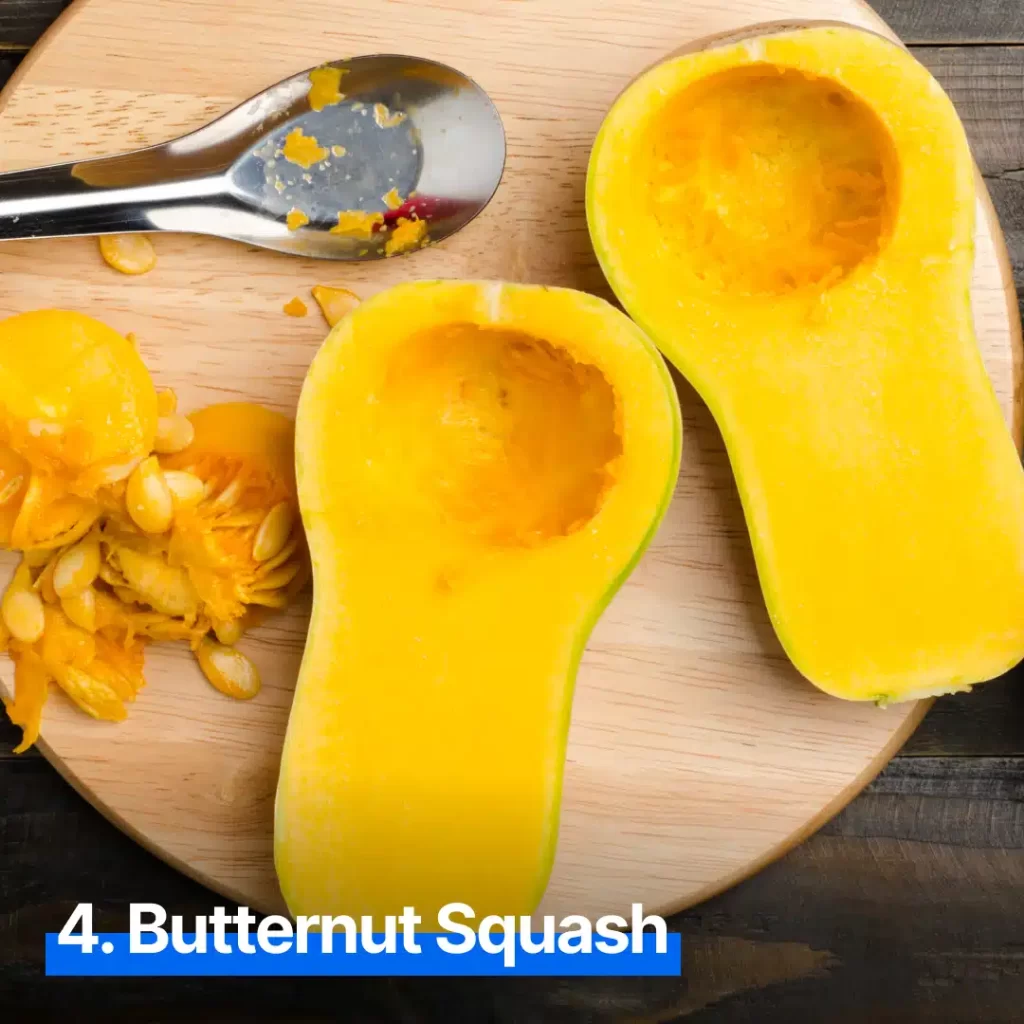
Butternut squash is similar to sweet potato, but with fewer calories. Roasted squash is a great choice if you’re hungry for a large portion but want to say on track with your weight-loss goals, and leaving the skin on adds even more fiber, keeping you full for hours. Pine loves using butternut squash in protein- and fiber-packed soups, alongside chickpeas or lentils, green veggies and lean meats.
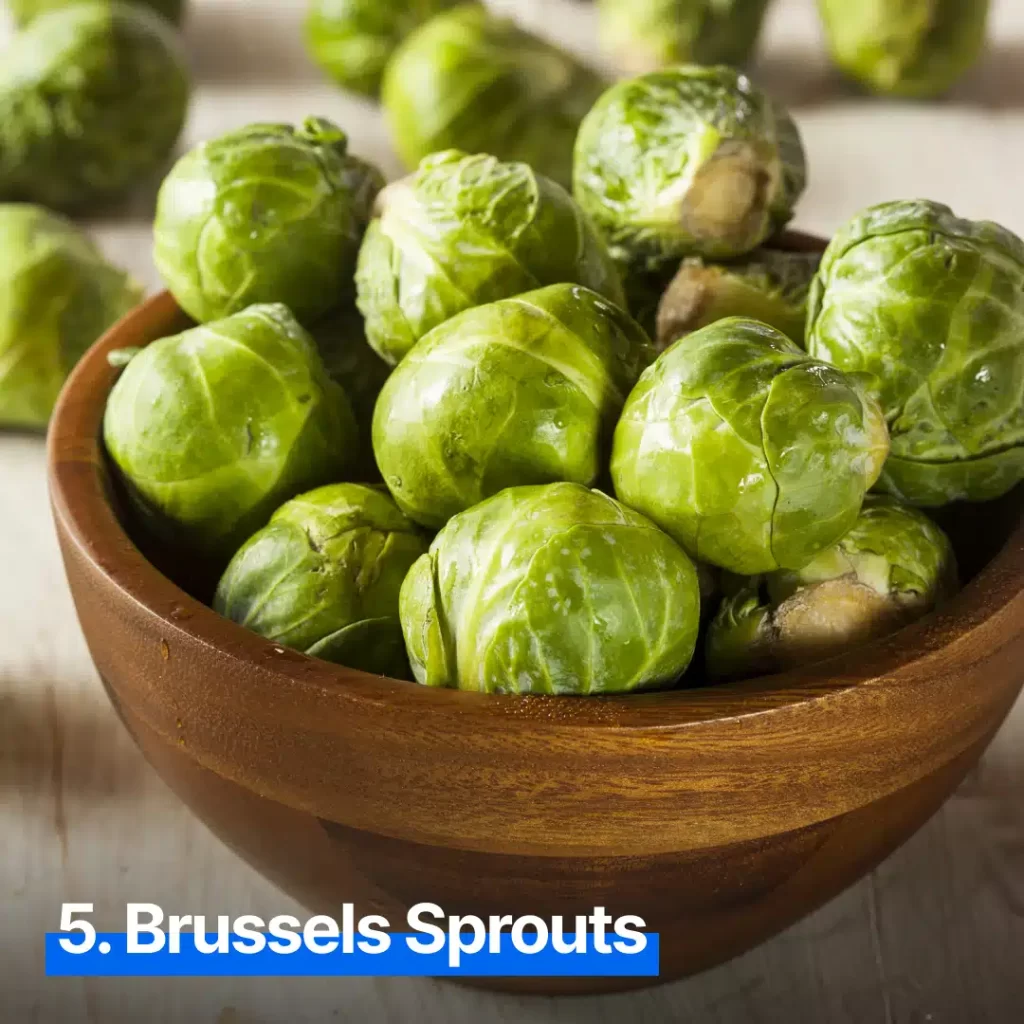
“When these are cooked right, their flavor is off-the-charts delicious,” says Minchen. “I love roasting them with a little bit of balsamic vinegar because it’s easy, tangy and kind of sweet without added sugar (which can get in the way of your weight-loss efforts). Brussels sprouts are chock full of fiber, and serving them roasted may satisfy some crunchy, savory cravings.”
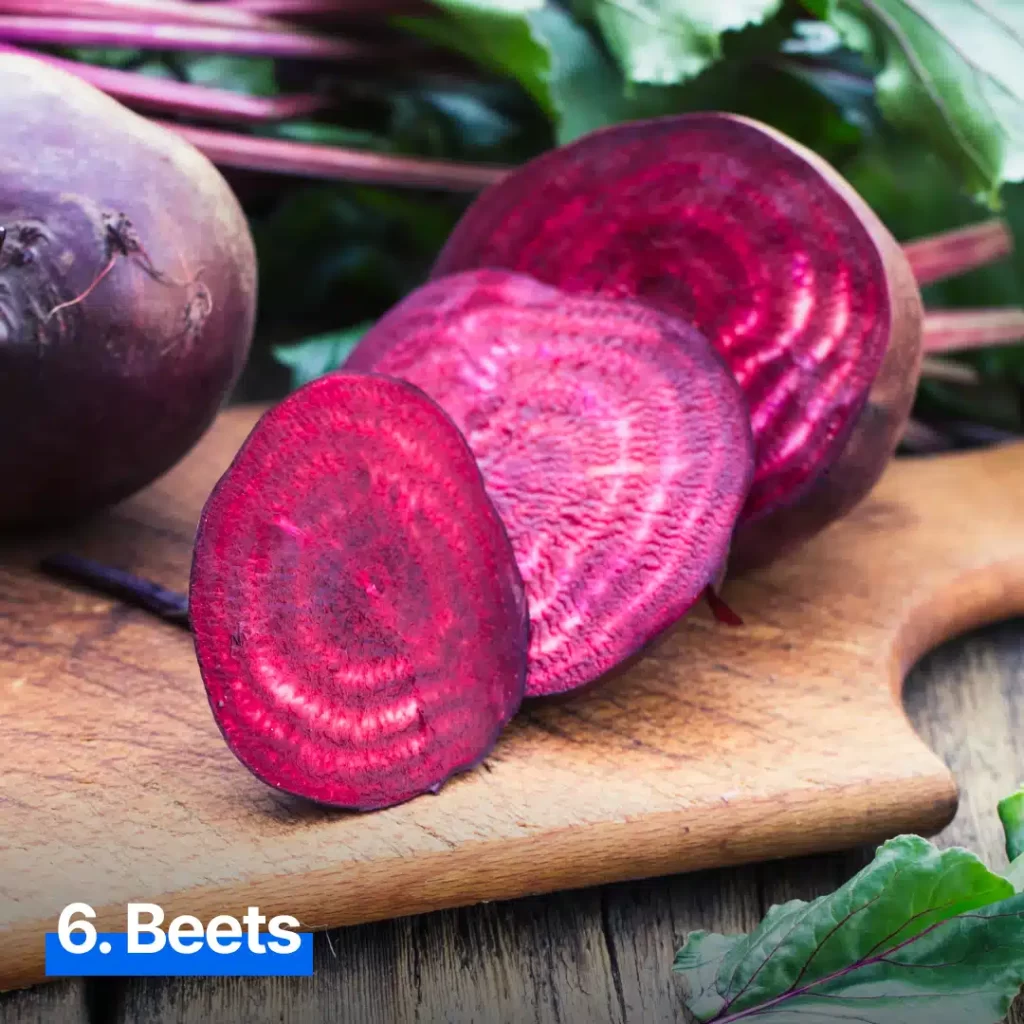
“My favorite way to eat beets is either roasted or in noodle form with goat cheese and pine nuts,” says Minchen. “They are rich in antioxidants, great for your gut and support lung health.” They also add fiber, which helps keep you full, and natural sweetness, which can help keep sugar cravings to a minimum — both important factors if you’re trying to lose weight. Plus, “variety is key to sustainable weight loss,” says Minchen, “and throwing in creative recipes with beets can boost veggie intake without the boredom that comes along with plain greens.”
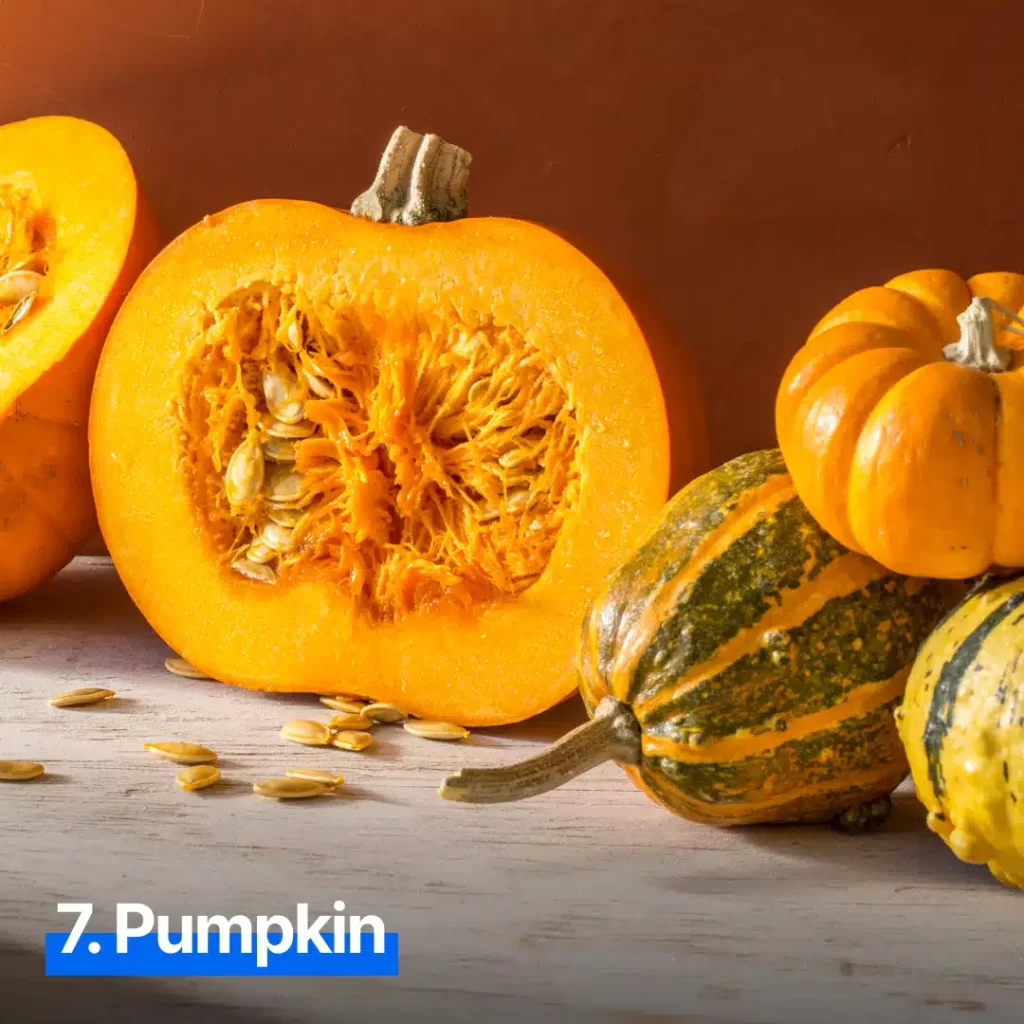
“If you think pumpkin puree is just for pumpkin pie, think again,” says Amy Gorin, MS, RDN, owner of Amy Gorin Nutrition in New York. “Shop for 100% canned pumpkin, not pumpkin pie mix, which has added sugar. Pumpkin is filling because of the fiber it provides. I like to use it in anything from a pumpkin pie smoothie to a topping for Greek yogurt or even whipped into French toast batter.”
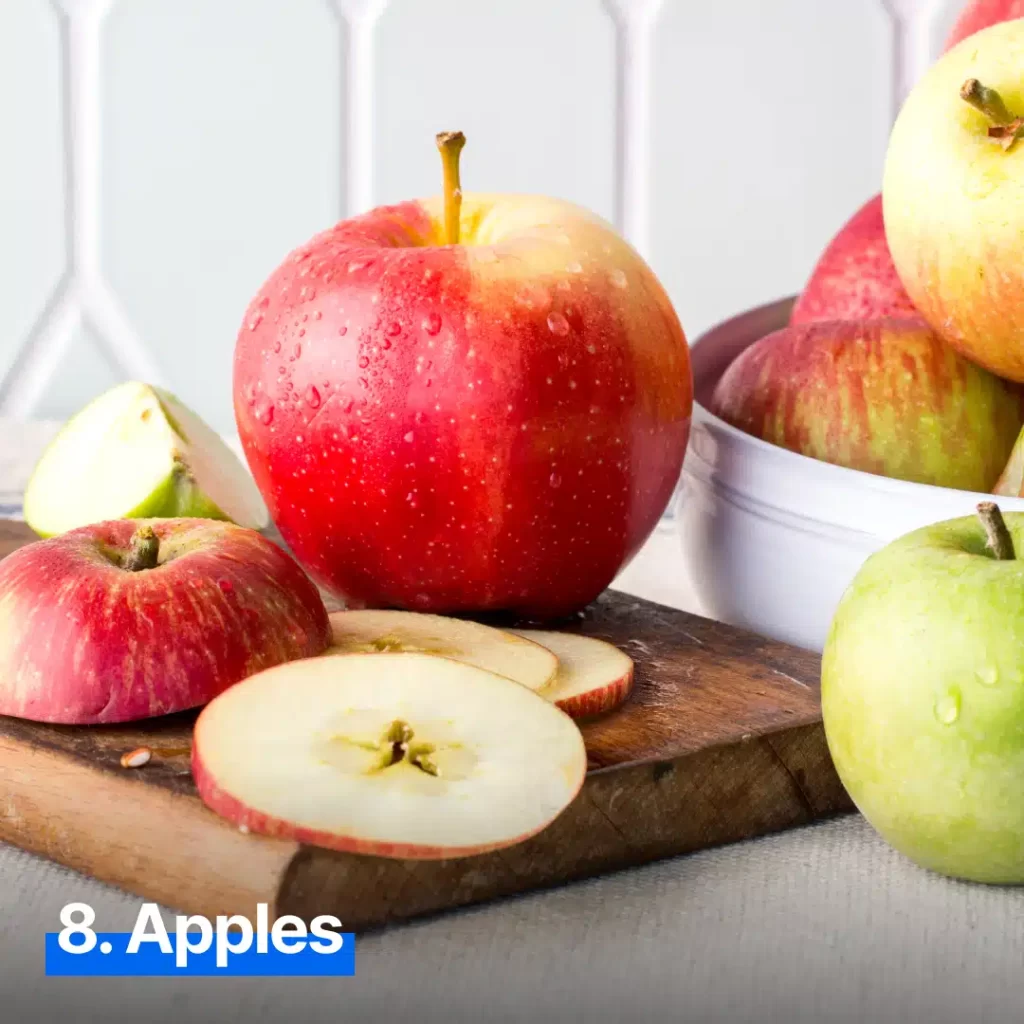
Nutrition experts agree that apples are a perfect portable snack for fall. One medium apple has just 80 calories and an impressive 5 grams of fiber, and its sweetness comes from natural sugar. You can make a more filling snack by pairing an apple with a tablespoon of nut butter or a 1/2 cup of Greek yogurt.
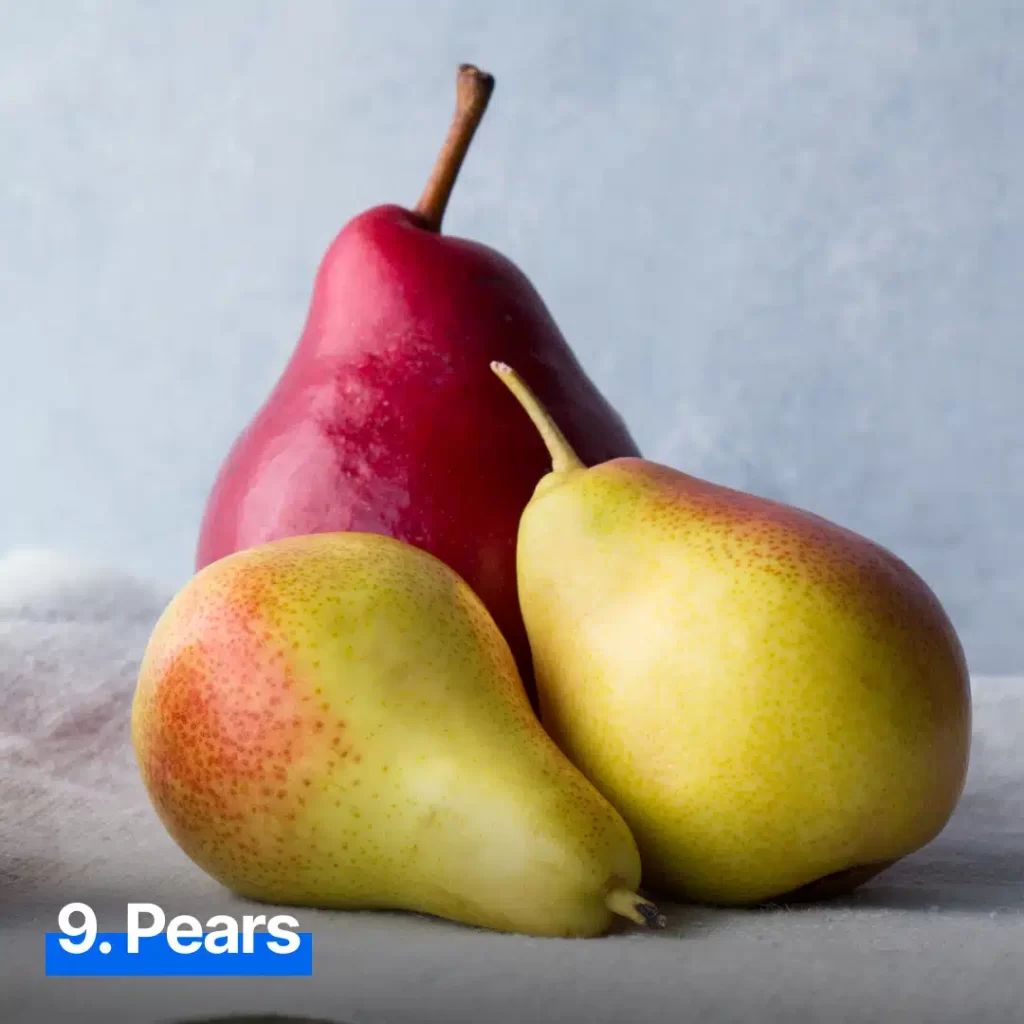
“Pears are one of my favorite fruits, for their their juicy, sweet taste,” says Ximena Jimenez, MS, RDN. “They’re also portable, easy on the pocketbook and a great source of fiber.”
Jimenez also points out that a 2003 study from the State University of Rio de Janeiro found overweight women who ate the equivalent of three apples or pears a day lost more weight on a low-calorie diet than women who didn’t add fruit to their diet.
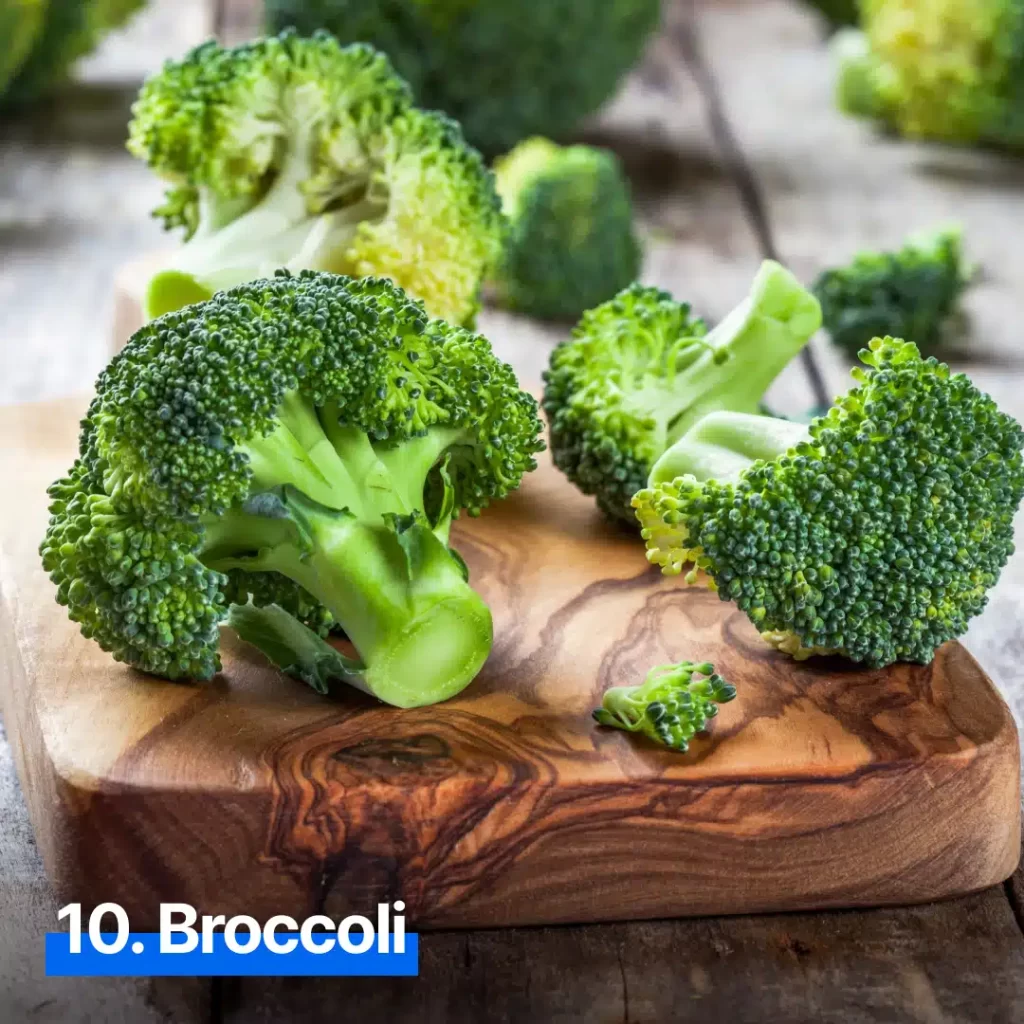
“This cruciferous vegetable should be on everyone’s plate, especially in the fall when it’s in season,” says Jimenez. “One cup of broccoli supplies 2 grams of protein, which is particularly high compared with other veggies. The easiest way to improve the nutrient value of your meals while losing weight is by filling up half of your plate with veggies — broccoli can easily be added to pastas, rice, quinoa, salads and scrambled eggs.”

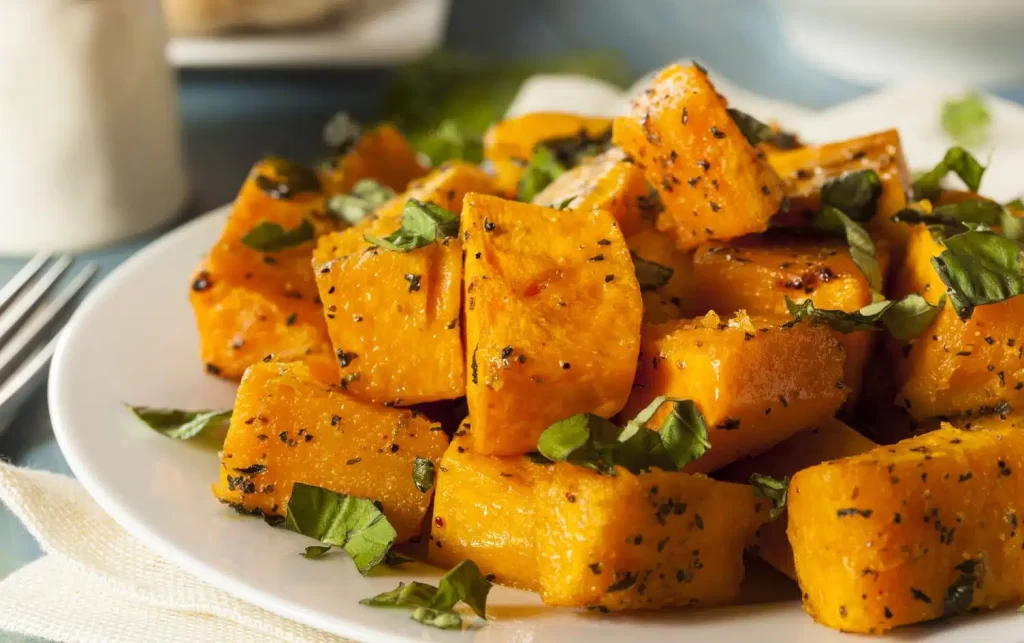

 4.1 Attribution Theory and Person Perception: Why We Judge People the Way We Do (Even When We’re Totally Wrong) Let’s be honest. We’ve all
4.1 Attribution Theory and Person Perception: Why We Judge People the Way We Do (Even When We’re Totally Wrong) Let’s be honest. We’ve all



